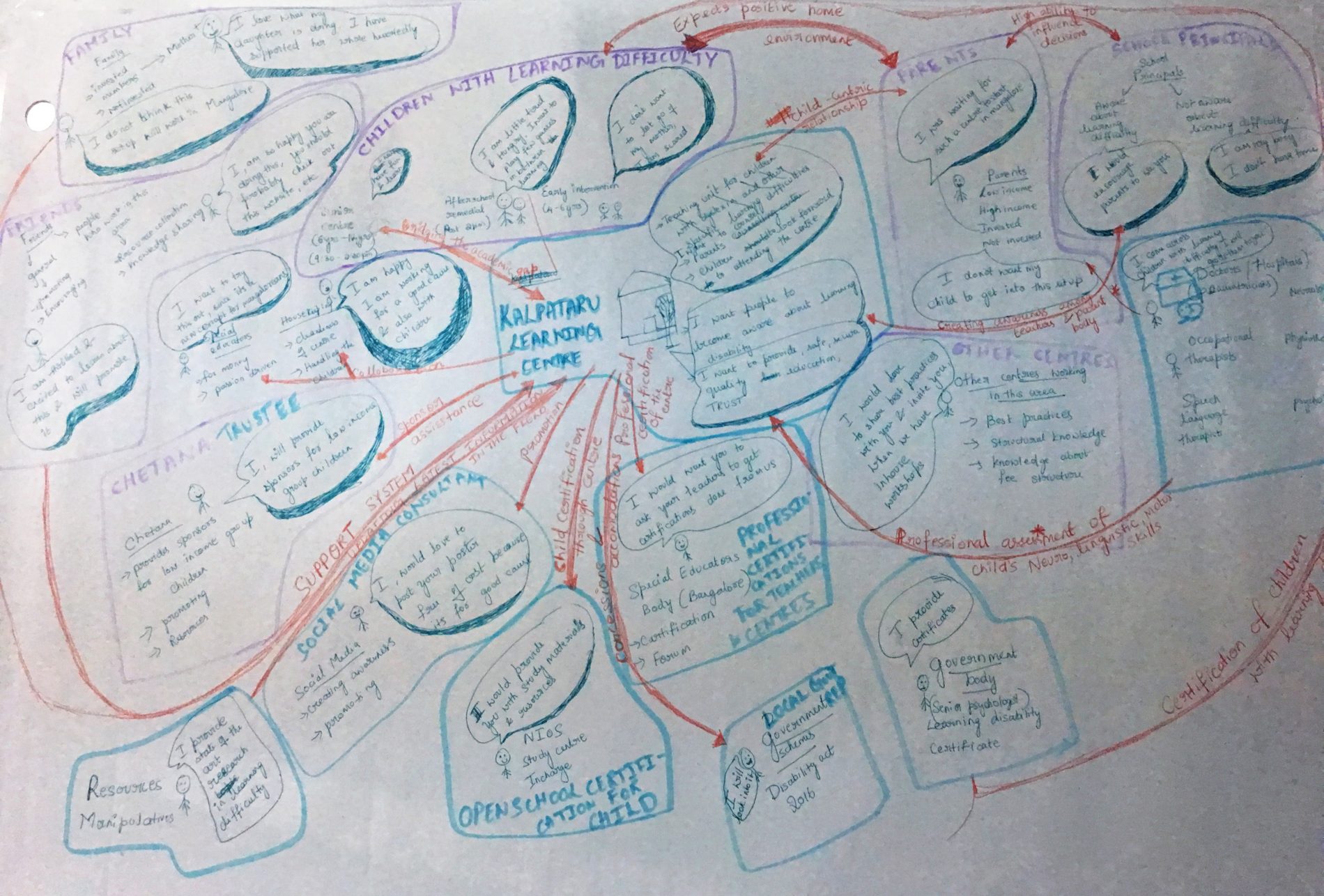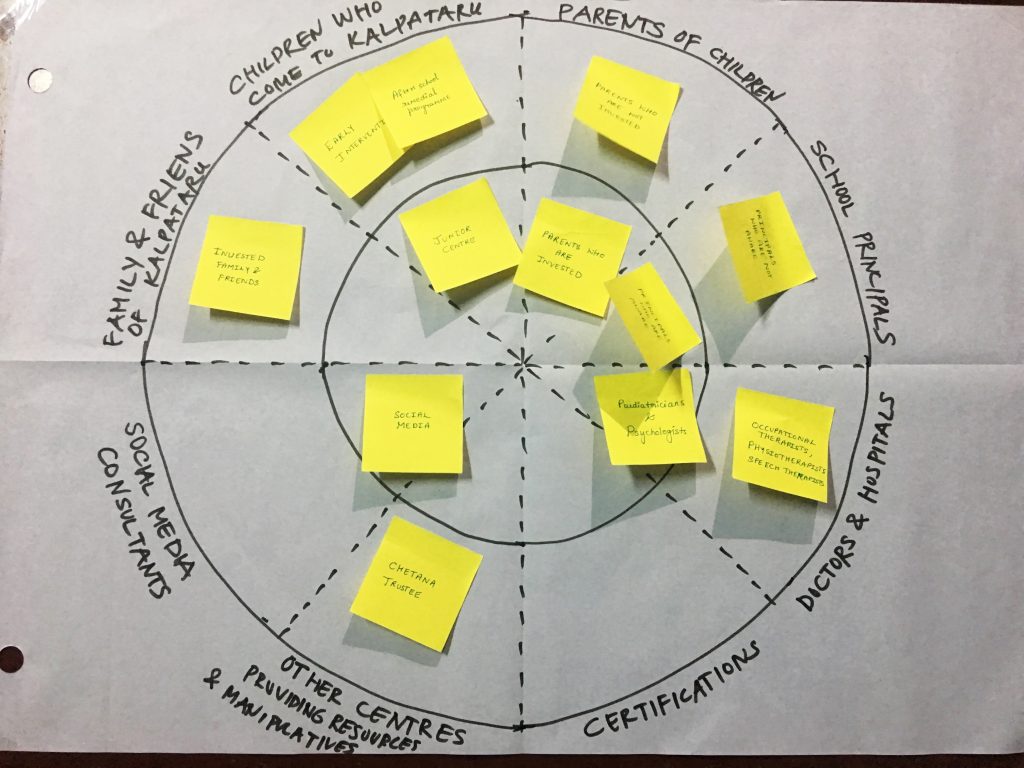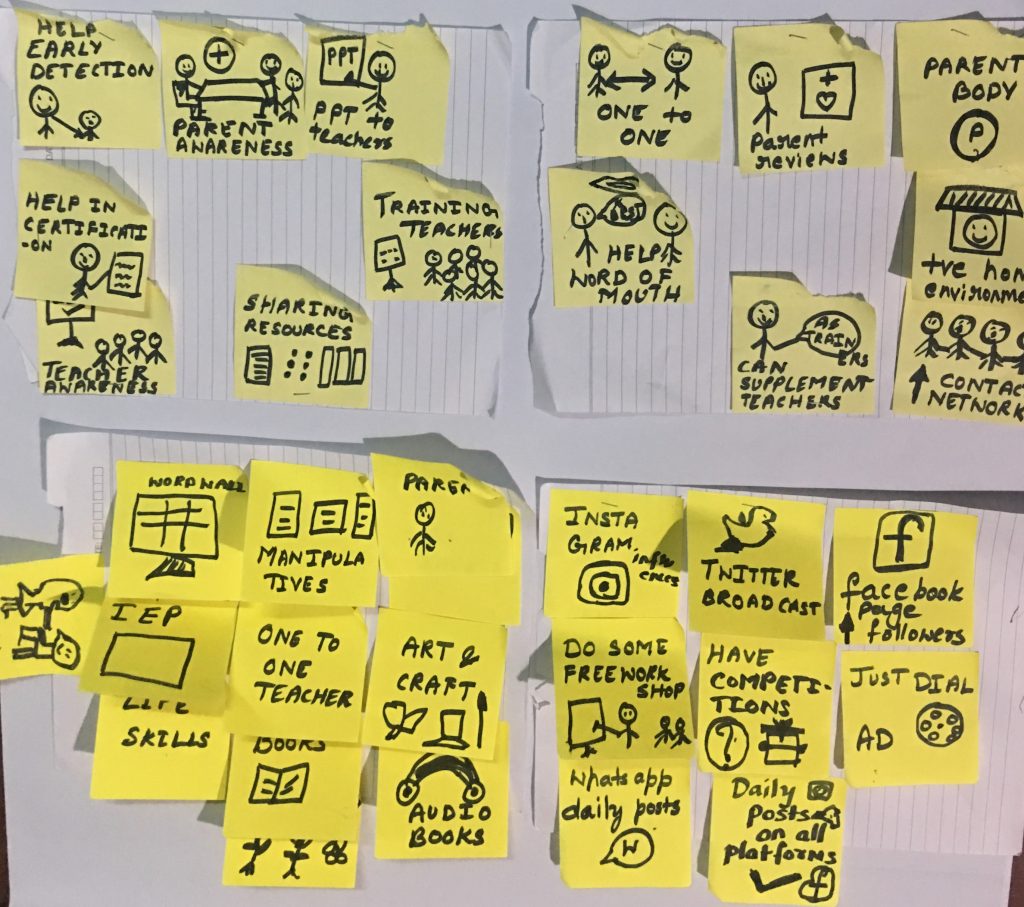‘The world is complex, and so too must be the activities that we perform. But that doesn’t mean that we must live in continual frustration. No. The whole point of human-centered design is to tame complexity, to turn what would appear to be a complicated tool into one that fits the task, that is understandable, usable, enjoyable.’ – Don Norman
Education entrepreneur Ms Bee is a former fellow of the prestigious Teach for India programme, where the country’s brightest and best serve for 2 years in under-resourced schools, teaching disadvantaged children. When her fellowship concluded, she moved to a nonprofit that works with special children and those with severe learning difficulties. Ms Bee was loved by her students and their parents who could see the huge difference her timely and sensitive interventions made. After a couple of years with the nonprofit, she felt the time was right to set up her own specialised learning centre.
The Challenge: Ms B is very good in dealing with all kinds of people and is an excellent teacher who uses a wide range of tools and material while working with her students. Additionally she strengthened her knowledge base by doing a Masters in Psychology. But when it came to setting up her own specialised learning centre for children, it all began to get very complicated. There was much to do and so many conflicting demands that she didn’t know where to begin.
Workshop structure: An intense one-on-one 3-hour workshop was structured. It started with stakeholder mapping, in which Ms Bee jotted down all the specialised learning centres in her city. Focussing on the people in the system, every place and activity connected with specialised learning was mapped out and relationships between them clearly marked. Ms Bee now had a ‘big picture’ view of her learning centre’s eco-system with the complexity and the granular details of the work that she had to do plotted in front of her.

Data was categorised, associated groups circled. Dealing with fewer categories gave Ms Bee an opportunity to reflect on her personal vision for the centre and match it to the tasks that would help her achieve that. Subsequently, in an exercise called ‘What’s on my Radar’, she inserted tasks in order of priority in a customised circular matrix where concentric circles and segments intersected. She did this with a lot of deliberation and thought. It suddenly became a lot more manageable.

‘ The What’s on my Radar exercise helped me to get to the bottom of what’s really important for me in setting up my centre. Basically, it helped me to prioritize the immediate tasks at hand.’
Ms Bee, education entrepreneur

The workshop concluded with Ms Bee rapidly sketching thumbnail drawings of ideas to implement in her centre. She used the different categories she had come up with in the earlier part of the workshop as a springboard for these ideas.
The Takeaways: Ms Bee has the ‘big picture’ stakeholder map she created during the design thinking workshop pinned up in her office. The finer details captured in the map will come in good use as she navigates the choppy waters of entrepreneurship, with the clusters on the diagram constantly reminding her how complexity can be managed. The ideas she sketched out will be a good bank to dip into and execute.
The methods that helped Ms Bee can be modified for any entrepreneurial situation, a testimony to the power and flexibility of design thinking.
Deepa Kamath
Based in Hong Kong – mostly – Deepa travels the world and writes about what interests her and its influences on her design work.